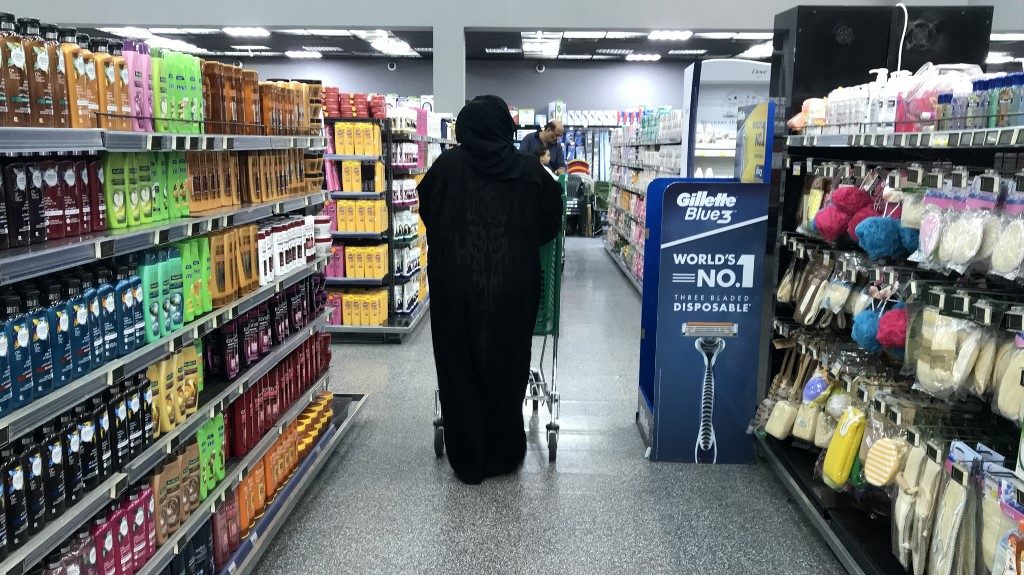São Paulo – Qatar’s Gross Domestic Product (GDP) is projected to grow 2.6% this year and 3.2% the next, above last year 2.2%. Figures were released last Monday (3) by the International Monetary Fund (IMF). According to the institution, Qatar successfully absorbed the shocks from 2014 onward drop in oil prices and the 2017 diplomatic rift.
According to the IMF, last year, inflation remained low in the country and fiscal position switched to a surplus of 2.3% of GDP from a sizable deficit in 2017. Recovery in non-resident deposits and foreign bank funding helped local banks increase private sector credit.
“The current account is estimated to have reached a surplus of 9.3% of GDP in 2018, largely reflecting higher average oil prices,” IMF reported. Reserves reached USD 31 billion – 5½ months of imports – at end-December 2018. Recently, Qatar issued USD 12 billion in international bonds, with lower spreads than in previous issues.
Qatar’s banking sector remains healthy, reflecting high asset quality and strong capitalization, according to the IMF. Real estate prices are adjusting to new levels, following an 82% increase during 2012–16, real estate prices fell by 15 percent during 2017–18. According to the report, macro-financial prospects remain favorable, though risks skew to the downside.
GDP growth will be underpinned by a recovery in the hydrocarbon output and a robust growth of other sectors. According to the IMF, non-hydrocarbon growth reflects the effects of sustained increases in capital expenditures in the last few years, the gradual pace of fiscal consolidation, ample liquidity, and increased private sector activity.
Translated by Guilherme Miranda




